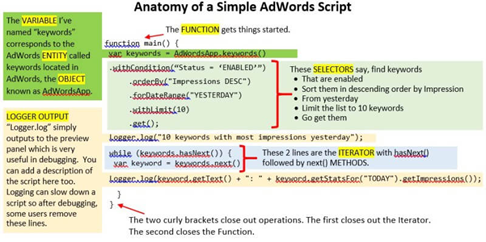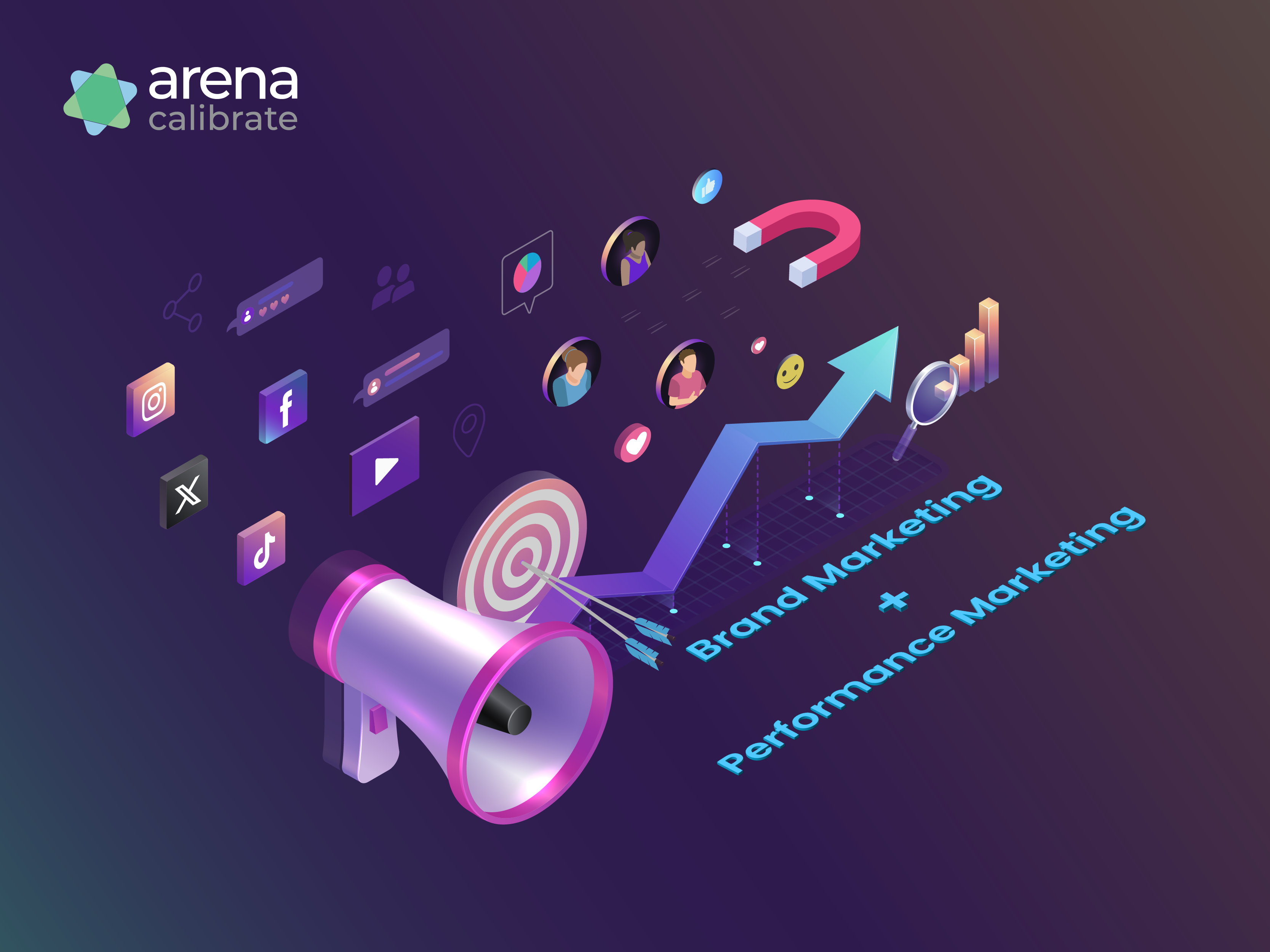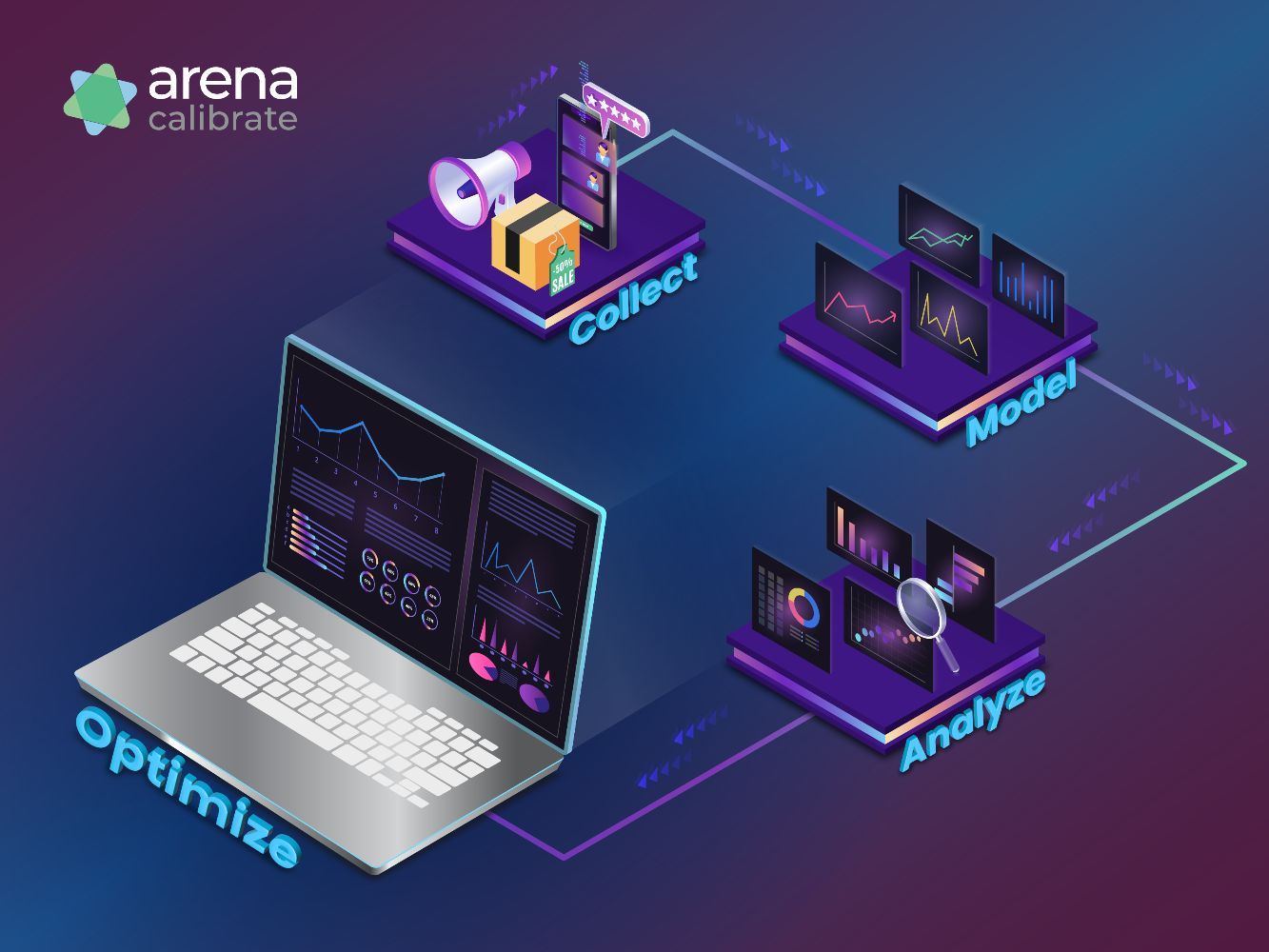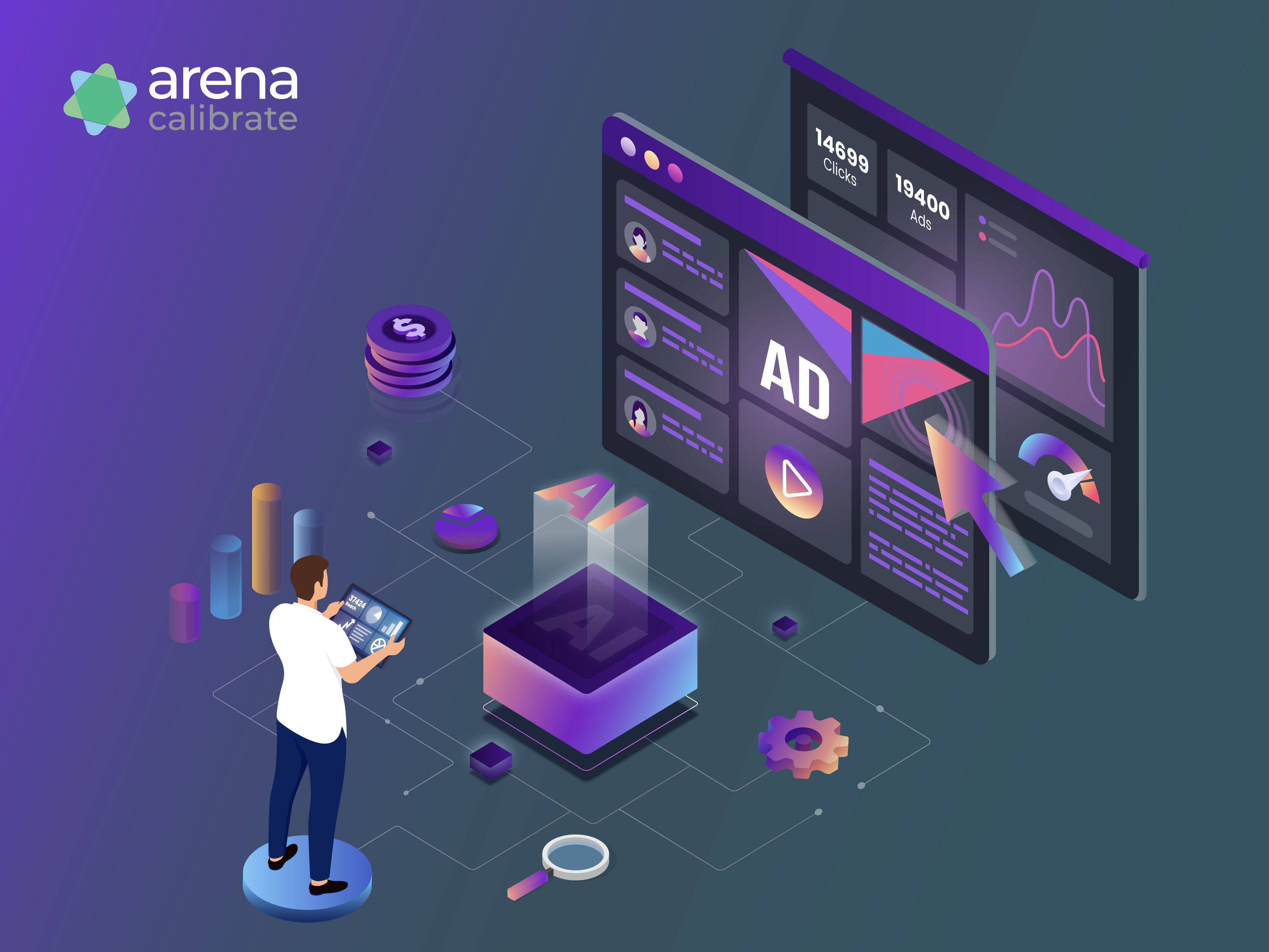Global digital ad spending will nearly touch USD 700 billion in 2023 with nearly half of it in the US market. That is a staggering amount of marketing spend, with the largest segment being bottom-of-the-funnel search advertising.
Pay-per-click (PPC) advertising has come a long way since its inception in the 1990s. Though PPC spans Google, Bing, Amazon, and many other new platforms, let's look at Google as an example of the evolution.
Automation technology has gradually evolved, allowing advertisers to automate various aspects of their campaigns, such as:
- heat map analysis
- bid management
- ad scheduling
- ad copy optimization
- reporting and
- quality score tracking
For example, Google Ads breaks bidding times down in four-hour blocks. But you could opt for 24x7 bidding using automated scripts. Visual heat maps can be generated for say time of day and week CTRs. Spend automation can help pause low CTR campaigns or highlight ad groups that are falling. There are useful scripts that help visualize and track Quality scores across hundreds of campaigns.
Dramatic impact on performance marketing
Benefits of PPC Automation are many
- Time savings: Automation eliminates the need for manual bid adjustments and other repetitive tasks such as manual compilation of reporting, allowing advertisers to focus on higher-level strategy and creative planning.
- Improved accuracy: By leveraging automation algorithms and machine learning, PPC campaigns can make real-time adjustments based on performance data, leading to more accurate targeting and bidding decisions.
- Better campaign scalability: Automation tools can handle large-scale campaigns more effectively than manual management, making it easier for businesses to expand their PPC reach.
- Increased ROI: By optimizing bids and targeting, automation can help advertisers maximize their return on investment and minimize wasted ad spend.
Simple scripts to dedicated software, PPC automation can step up your game
PPC automation range from scripts in various stages of your campaign, to integrations to automate reporting and data collation, to custom builds and full fledged software. These help drive your Google Ad campaigns and also other PPCs campaigns on platforms such as Bing and Amazon.
The Future is AI. The Future is Now.
All the key players and platforms in PPC led by Microsoft and Google are driving an “AI-powered and privacy-first future”.
In response to Microsoft’s tie up with OpenAi and rolling out AI assisted Bing, Google has accelerated on its aggressive pivot to AI.
Last year, Google rolled out automatically created assets (ACA) for Search ads, which use content from your landing pages and existing ads to generate headlines and description. Recently they introduced a new, natural-language conversational experience within Google Ads, designed to jumpstart campaign creation and simplify Search ads by combining your expertise with Google AI.
From Smart Bidding to Peformance Max, to Search Generative Experience, Google is trying to continue to assert its dominance in Search with AI driven innovations.
Google is also using its recently unveiled PaLM 2, its latest and most powerful LLM, to help create ads by putting together images, video, and text supplied by the advertiser.
Similarly Meta and Amazon too have rolled out tools to automate ad creation.
While AI and ML will continue to transform campaign creation, customer analysis, targeting, and reporting, Search advertising itself is undergoing a fundamental shift.
As AI drives semantic search, keywords will no longer be the key signal to identify search intent. Search will become conversational and search advertising will become near unrecognizable. Are you ready to adapt and prosper?





